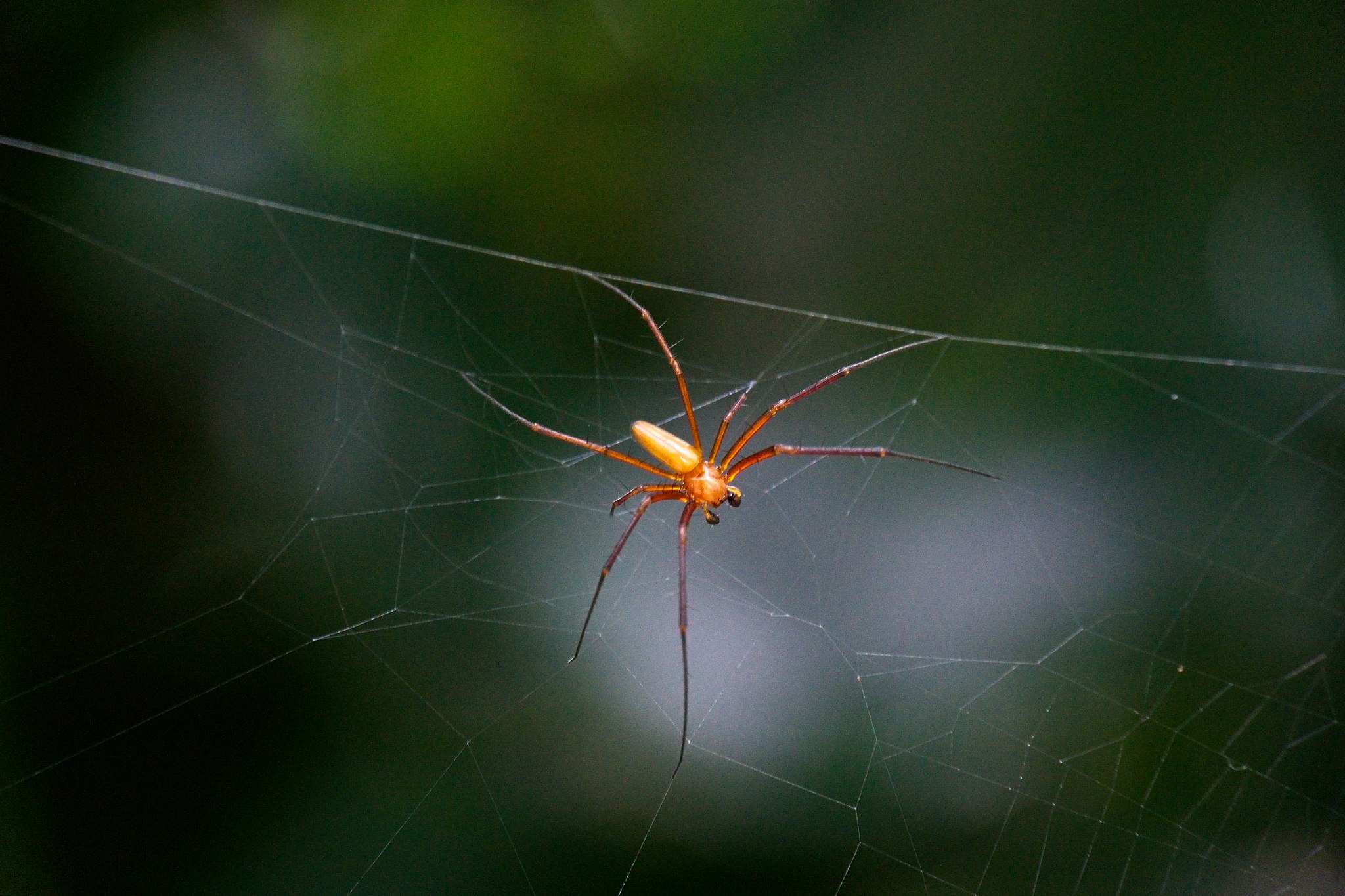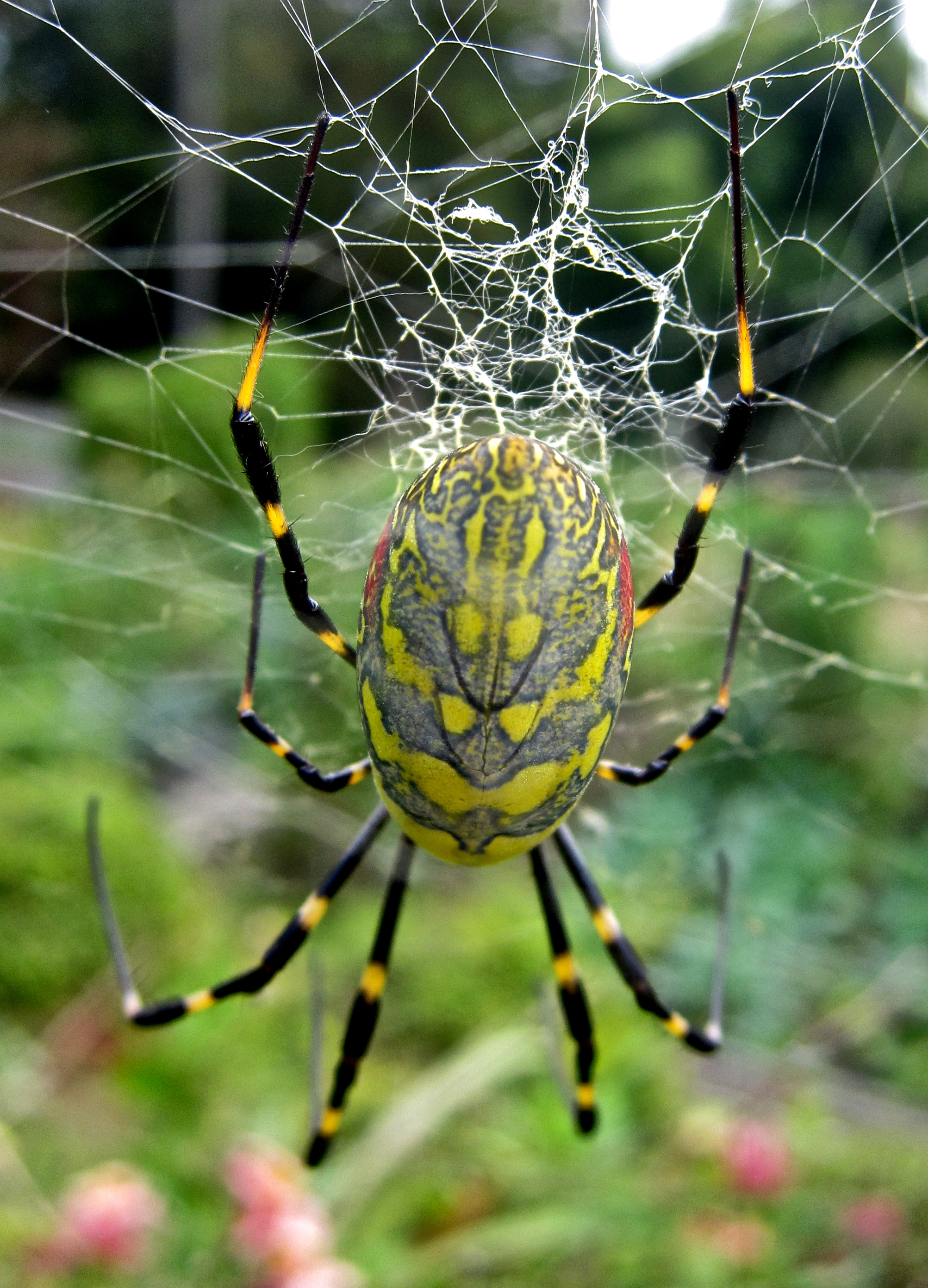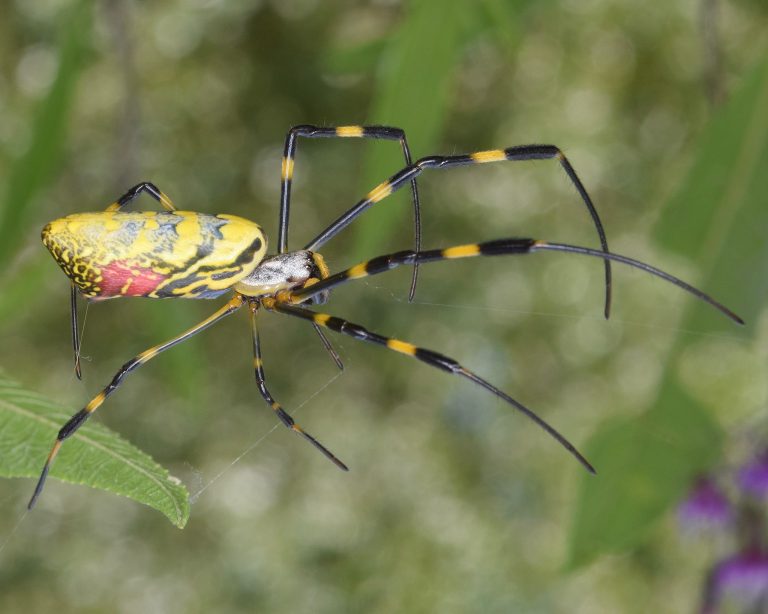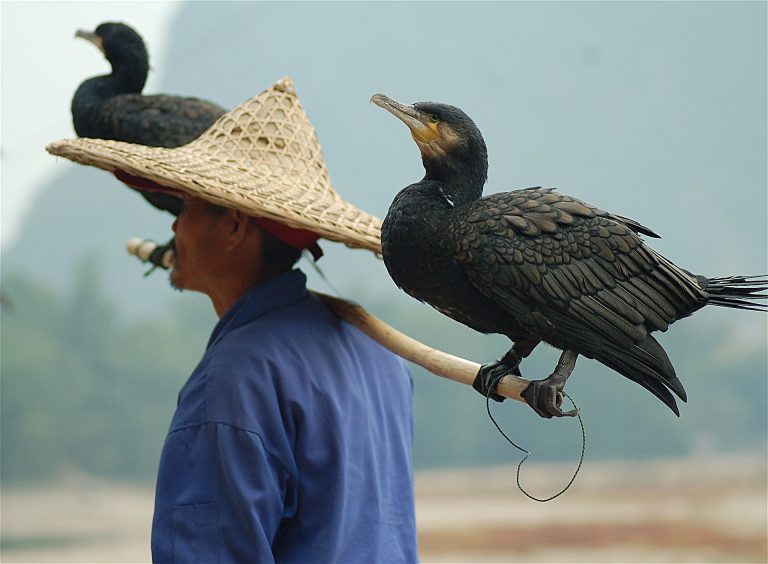A Japanese invader is taking hold in the U.S, but it may do more good than harm. The Joro spider is termed an invasive species, as it was introduced to an environment different from its native home, and is greatly affecting the new ecosystem; yet the primary effect may just be a reduction of disease-carrying pests.
This spider originated in Japan, which has a similar climate to much of the U.S. They are are said to be harmless and seem to present more of a nuisance than a threat.
The ‘parachuting’ spider
The Joro spider (Trichonephila clavate) – named after a Japanese spider demon – is a native from east Asia, particularly found in Japan and Korea. It is described as a colorful species, but unlike most animals, the females are more colorful than the males.

Males can grow between 0.7 to one centimeter, while females grow between 1.7 to 2.5 centimeters – more than twice the males’ size.
The Joro spider was first identified as an invasive species in the U.S. in 2013, when they began to spread across Georgia. Soon, spider sightings were also reported in other states like South Carolina, North Carolina and Oklahoma.
Success
You are now signed up for our newsletter
Success
Check your email to complete sign up
Today, millions more are said to be marching up the East Coast, actively crawling about between spring to fall. The Joro spider spins a web that appears to be golden, easily noticed in yards by residents in Georgia, and inciting a sense of worry from the local populace.
So, how does this tiny web-slinger manage to spread so widely and quickly that it became an invasive species?
Experts believe that the spider is “an effective hitchhiker,” with a few features that help them survive and spread.
First of all, the spider has a rather peculiar way of traveling around the world – a process known as ballooning, or kiting.
Using its silk, the Joro spider can turn its web into its own parachute, shaped like a wheel and being as wide as 10 feet. This allows the spider to use the wind to take them away to new locations.
While the wind is one mode of transportation, the spider’s spread seems to also rely on human travel. According to Benjamin Frick, researcher in the Odum School of Ecology, the chances of finding a Joro spider hitching a ride on a car or luggage are quite high.
“The potential for these spiders to be spread through people’s movements is very high,” Frick said. He cited a grad student at the University of Georgia (UGA), who accidentally transported a Joro spider to Oklahoma.
While the exact cause of the Joro spider’s expansion to the U.S. is unknown, scientists believe that they likely arrived via shipping containers.
In addition to its traveling capabilities, the Joro spider is also said to be able to endure harsh winters. Though it is not known how long they can live in cold temperatures, scientists deduce that they are more adaptable to winters than other species of spiders.
For example, the Joro possesses a higher heart rate and twice the metabolism of its cousin, the golden silk spider, enabling it to withstand colder temperatures.
READ MORE:
- Invasive Chinese Snail Threatens Canada’s Lakes and Waterways
- Notorious ‘Murder Hornets’ Make Reappearance in Washington State
- Jellyfish Immortality: A Cycle of Life After Life
- Giant Goldfish Destabilize the Ecosystem, Requiring Them to Be Removed by the Thousands
Is it a threat?

While it is called an invasive species, the Joro spider may not be much of a threat, after all. In fact, no one knows if there is any downside to the Joro’s expansion into the U.S. yet.
Though the spider can inflict a painful bite, it is effectively harmless unless provoked, and their fangs are said to be too short to easily penetrate human skin. If anything, they are “more of a nuisance than dangerous,” as described in a report by the UGA.
Not only are these spiders practically harmless, they may also benefit humans due to their predation on more harmful insects like mosquitoes and other pests. According to Andy Davis, another researcher at UGA, the spider could serve as “free pest control,” giving humans a welcome break from mosquitoes and ticks.
The spider may also serve as a new food source for birds and other insectivores in the East Coast.
READ MORE: Symbiotic Associations: 5 Fascinating Relationships Between Flora and Fauna
Davis encourages us to co-exist with the Joro spider instead of eliminating them as a nuisance.
“People should try to learn to live with them,” Davis said, “If they’re literally in your way, I can see taking a web down and moving them to the side, but they’re just going to be back next year.”
Frick expressed that people should not hurt the spider, saying that the violence is unnecessary since they are relatively harmless and are not affecting the ecosystem significantly.
“There’s no point in excess cruelty where it’s not needed,” Frick said. “You have people with saltwater guns shooting them out of the trees and things like that, and that’s really just unnecessary.”
“There’s really no reason to go around actively squishing them,” Frick added. “Humans are at the root of their invasion. Don’t blame the Joro spider.”













